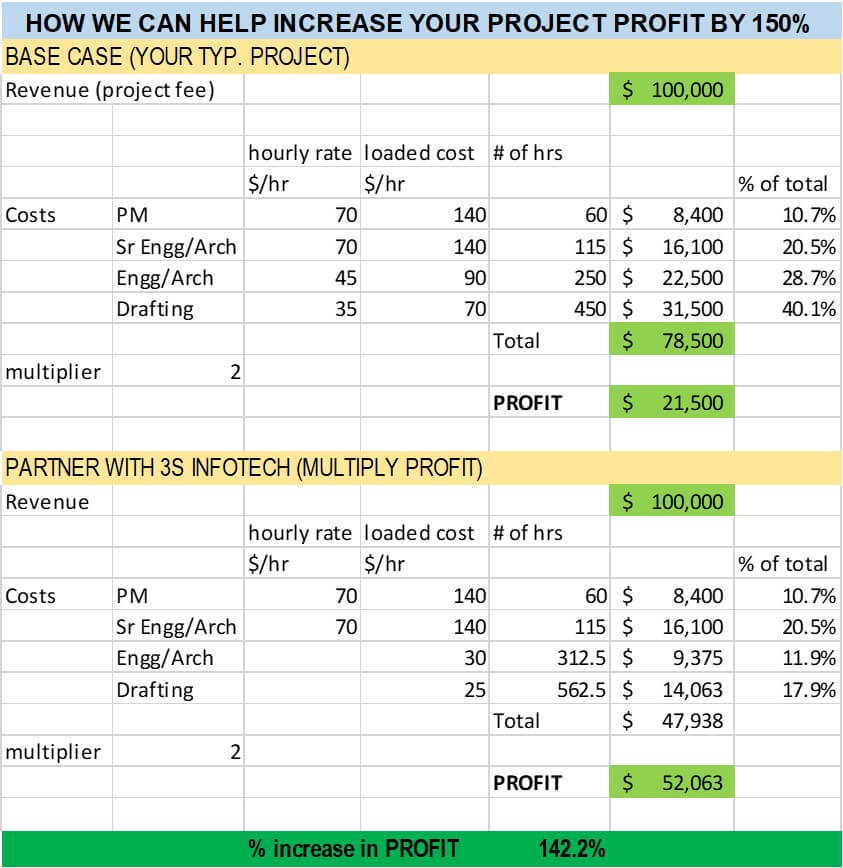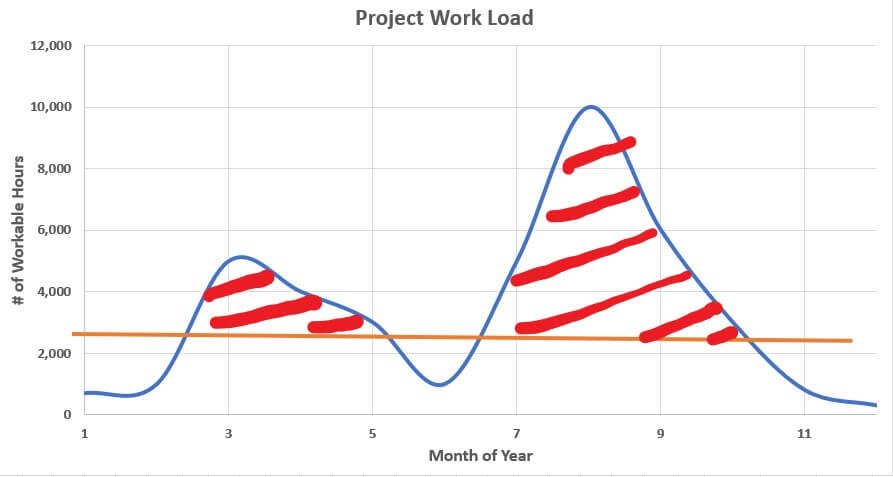MEP SEISMIC REQUIREMENTS IN STATE OF CALIFORNIA
In California, earthquake bracing requirements for Mechanical, Electrical, and Plumbing (MEP) systems are governed by the California Building Code (CBC), which is based on the International Building Code (IBC) but includes state-specific amendments to address California’s high seismic activity. The seismic design and bracing of MEP systems follow the guidelines outlined in the California Building Code (CBC), the California Plumbing Code (CPC), and the California Mechanical Code (CMC), as well as standards from ASCE 7 and NFPA 13 for certain systems like fire sprinklers.
Photo: USA Seismic map
Here’s an overview of the key earthquake bracing requirements for MEP systems in California:
Ø Seismic Design Categories (SDC):
§ California typically falls under higher Seismic Design Categories (D, E, and F) due to its active seismic zones. The Seismic Design Category (SDC) assigned to a building influences the seismic bracing and anchoring requirements for MEP systems.
§ The higher the SDC, the stricter the bracing and restraint requirements become.
Ø Seismic Bracing of MEP Components (CBC Chapter 16):
§ Bracing and Anchorage: MEP components such as HVAC equipment, ductwork, piping, and electrical systems must be anchored and braced to resist seismic forces. The bracing must prevent components from sliding, overturning,or swinging excessively during an earthquake.
§ Suspended Systems: Piping and ductwork that are suspended from ceilings need seismic bracing to prevent lateral and vertical movement. Seismic restraints, such as sway braces or flexible hangers, must be used to limit the motion of these suspended systems.
§ Fire sprinkler systems (NFPA 13): Seismic bracing is required for fire sprinkler piping, especially in high-risk seismic zones. This includes sway bracing, seismic separation assemblies, and flexible couplings at connections to allow movement during an earthquake.
§ Sprinkler systems are considered life-safety systems, so they are typically assigned an “Importance Factor (Ip) of 1.5”, meaning their seismic design must be more stringent to ensure they remain operational during and after an earthquake.
Ø Component Importance Factor (Ip):
§ As per ASCE 7-16 and CBC Chapter 16, MEP systems are assigned a Component Importance Factor (Ip), which increases the seismic design forces for critical systems. In California, many components like emergency systems, fire sprinklers, and gas lines are given an Ip of 1.5, requiring stronger bracing.
§ Non-essential systems generally have an Ip of 1.0.
Ø Hospitals and Essential Facilities (CBC Chapter 16 & OSHPD Requirements):
§ In essential facilities such as hospitals, fire stations, and emergency response buildings, the seismic requirements are more stringent.
§ These facilities must comply with additional requirements from the Office of Statewide Health Planning and Development (OSHPD), which enforces stricter seismic bracing standards for critical MEP systems in hospitals.
Ø Testing and Certification:
§ MEP equipment used in critical applications may need to be seismic-certified, ensuring that it can withstand seismic forces and remain functional after an earthquake. California often requires seismic certification for equipment in essential facilities.
Summary of Earthquake Bracing Requirements in MEP Systems:
|
System |
Bracing Requirement |
||
|
HVAC Equipment |
Must be anchored and braced, especially for rooftop |
||
|
Ductwork |
Suspended |
||
|
Plumbing Systems |
Piping, especially gas and water lines, must be |
||
|
Electrical Systems |
Electrical |
||
|
Fire sprinklers require sway bracing, flexible |
||
|
Emergency Systems |
Critical |
||
|
Essential Facilities |
Hospitals and emergency buildings have stricter |
For detailed design and specific applications, it’s essential to refer to the latest California Building Code (CBC), California Mechanical Code (CMC), California Plumbing Code (CPC), ASCE 7-16, and any local amendments or requirements specific to your project location.
REFERENCES:
1. California Building Code (CBC), California Mechanical Code (CMC), California Plumbing Code (CPC), ASCE 7-16
3. https://isatts.com/seismic-design-categories/
4. https://isatts.com/asce-7-16/
5. https://www.shareddocs.com/hvac/docs/1001/Public/0A/ENG_NEWS_1_2.pdf
7. https://www.usgs.gov/media/images/2018-long-term-national-seismic-hazard-map




